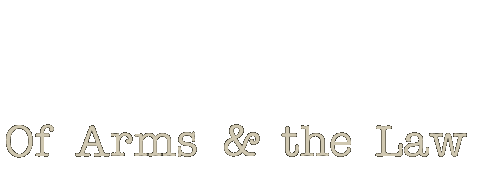« More on the Joyce Foundation | Main | Arizona gun education bill »
First Amendment comparisons
Below I discussed how the early American commentators treated the right to arms very broadly, speaking lightly of how it restrained those in power.
An interesting contrast to this is how the earliest (Federalist-controlled) courts treated the First Amendment. The jury instructions in US v. Cooper, an 1800 prosecution under the Sedition Act, are instructive. Justice Chase of the Supreme Court, sitting while riding circuit, gives a long instruction which come close to an order to convict, for some rather innocuous criticisms of President Adams. While the Act required that the defamatory speech toward the President or Congress be false, he lectures the jury on why criticism that Adams had established a large navy and a standing army are technically wrong (i.e., the army has to be re-funded every two years and thus to him is not a standing army). He adds that no free government can function if its head magistrate is left open to this manner of criticism, that criticism of the President and Congress is criticism of the jury which helped to elect them, etc. "Take this publication in all its parts, and it is the boldest attempt I have known to poison the minds of the people." "This publication is evidently intended to mislead the ignorant, and inflame their minds against the president, and to influence their votes on the next election."
As far as truth being a defence, well, "You will please to notice, gentlemen, that the traverser in his defence must prove every charge he has made to be true; he must prove it to the marrow. If he asserts three things, and proves but one, he fails; if he proves but two, he fails in his defence, for he must prove the whole of his assertions to be true."
Then he sentences the guy to six months in jail and a (then massive) $400 fine.

Leave a comment